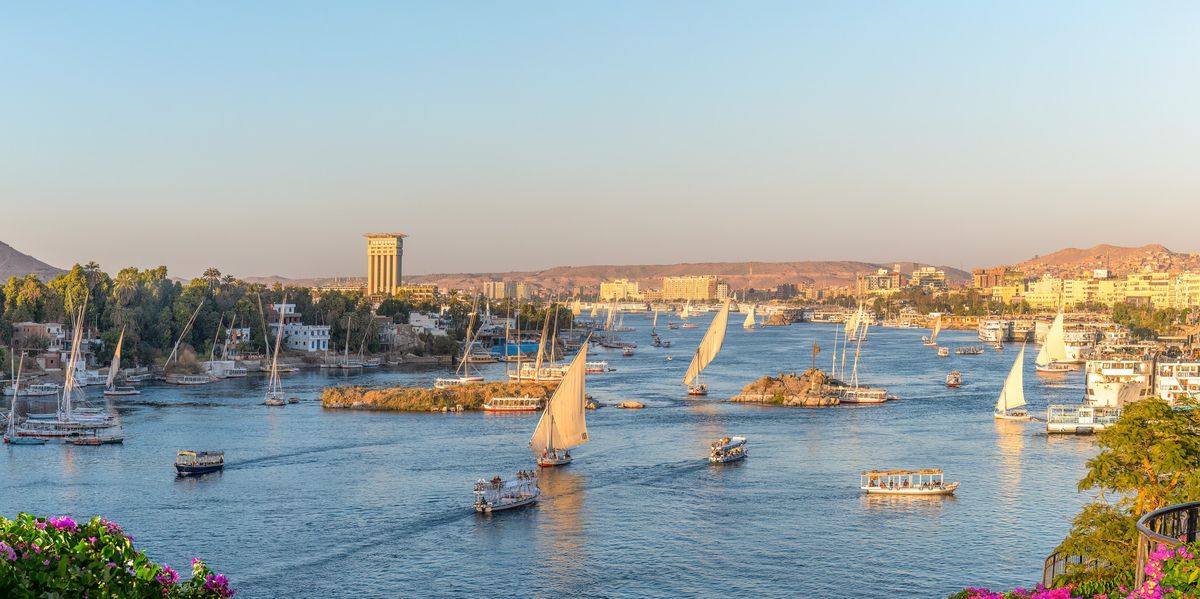A Prediction for the Travel Industry in 2025: Triumphs and Challenges Ahead

As 2024 comes to a close, we inevitably begin thinking of next year—and some of us, myself included, have been thinking about 2025 for at least a few months.
So what’s in store? While no one can really know for sure, I’m looking at what happened this year to make some predictions.
Let’s get into it, shall we?
More Record-Breaking Revenue and Development
We at TravelPulse have reported quite the wave of growth in the travel industry this year, especially among cruise lines and hotel giants. I’d expect this trend to only continue as prices remain at an increase from pre-pandemic levels.
Cruise lines will continue rolling out new ships at a rapid pace and continue adding new private destination offerings, like Royal Caribbean’s Royal Beach Club Paradise Island, opening in late 2025), hotel giants will continue having record-large development pipelines (all-inclusive resort growth is particularly on the rise) and tour operators will continue seeing more travelers, especially solo travelers, choose experiential guided tours over FIT travel.
Sustainability Improves and Climate Change Worsens
We’ve seen organizations grow in supporting sustainable transitions this year, especially with WTTC’s Hotel Sustainability Basics program, and that’s expected to continue globally (though it may wane in the United States with the incoming administration).
What is most definitely going to happen are more weather-related delays, cancellations or changes. Climate change creates increasingly volatile weather patterns, so it’s more than likely we will see hurricanes, wildfires, snowstorms, tornadoes and record summer heat impacting travel plans in 2025.
Overtourism is another big key word: I think we’ll see even more cities across the globe continue creating new laws to combat overtourism, from limiting the number of short-term vacation rentals that can exist in a destination to limiting new hotel builds or the number of large cruise ships that can port in a destination at a time—cities like Amsterdam have already begun creating legislation just like this.
Residents of tourist-dense cities are all losing patience with too many tourists, and this is finally creating change. It could also lead to a greater awareness from travelers to leave the popular places behind in favor of lesser known destinations.
New Destinations Taking Center Stage
More travelers are more adventurous than ever before, and we’ve been seeing this trend as travelers increasingly go farther afield: places like Mongolia, Bhutan and destinations across Eastern Europe are all experiencing a growing trend in tourism, as are more rural places.
While Saudi Arabia and the United Arab Emirates continue pouring millions into luxury tourism development, other destinations are attracting travelers as “destination dupes,” marketing themselves as more financially attractive options to the often overcrowded and overpriced destinations people have been flocking to for decades.
It’s expected that social media will once again play a large role in influencing the traveler’s mindset in 2025—we can only hope it will become more of a solution to overtourism than part of the problem.
Caution: Challenges Ahead
It won’t all be sunshine and rainbows, unfortunately. With the incoming Trump Administration, we could see some new laws that help travel companies grow (Trump’s nomination of Sean Duffy for the role as Transportation Secretary is widely thought to be pro-business, expected to benefit airlines especially) but we could also see some greater challenges.
International travel to the United States could wane due to Trump’s global unpopularity at a time when the domestic tourism industry is finally getting back on its feet after a years-long post-pandemic recovery.
Seeing as his goals for tariffs would hurt both Canada and Mexico (both of whom bring in a lot of tourism to the United States), the implementation of these tariffs wouldn’t just provoke a trade war with allies: it would also lower the numbers of tourists visiting the U.S. from both countries as travelers tend to travel less during periods of higher inflation.
His plans for the mass deportations of undocumented people could also hurt the travel industry quite hard, particularly the hospitality industry, leading to employee shortages, lack of quality service, and other issues that could hurt both revenue and traveler experience.
I could also see the expansion of H-2B visas, which are temporary nonagricultural worker visas that allow workers from other countries to work for a few years in the United States in places like hotels, restaurants and seasonal tourism-based businesses, would also be harder to pass during Trump’s tenure, since his approach to governance has been largely about reducing immigration.
This would also hurt the industry, as the nation is already currently lacking over 200,000 hospitality workers. The American Hotel & Lodging Association has been advocating to expand the worker visa program and pass several other laws that would boost the worker pool, including one law that would allow asylum seekers to work in the United States sooner after applying for asylum.
Trump’s tariffs and deportation plans would also ultimately increase inflation for Americans, including airfare, which could lower the number of trips Americans take next year, slowing revenue growth for travel companies.
Turning the Chapter to 2025
The New Year should also be filled with hope and expectation for good things in the future ahead. While it’s certain the next year will not be a perfect year filled with only good things for the travel industry, there is enough possibility to keep us hopeful. What do you expect in 2025?
For the latest travel news, updates and deals, subscribe to the daily TravelPulse newsletter.
Topics From This Article to Explore
link




:max_bytes(150000):strip_icc()/TAL-woman-with-stomach-SICKDIGNOMAD0325-ac03459437c4451e87fe5364e484d374.jpg)

